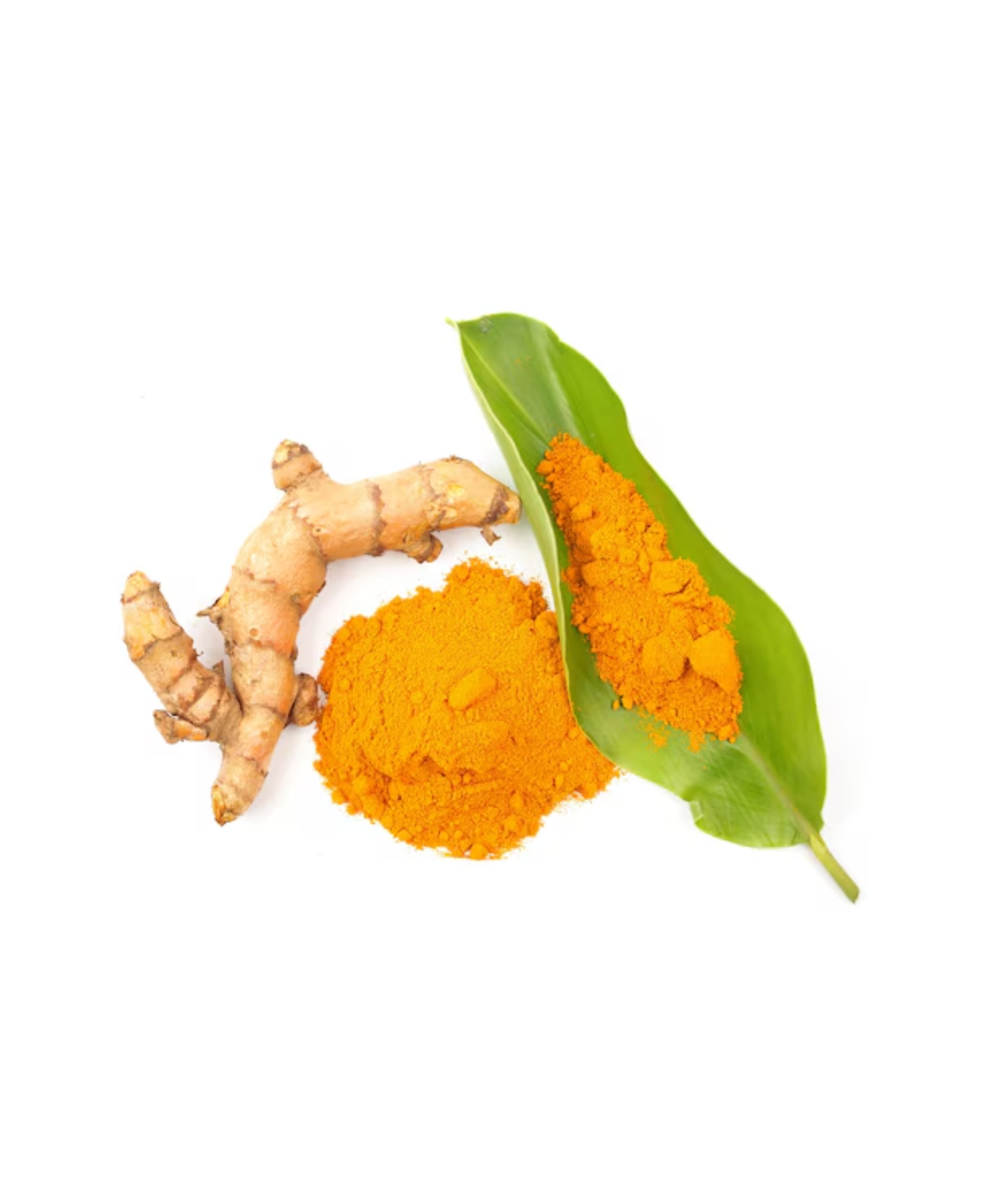Turmeric (Curcuma longa) is a vibrant yellow-orange root that has been a staple in cooking, traditional medicine, and cultural practices for thousands of years, particularly in South Asia. Part of the ginger family, turmeric is often ground into a fine powder and used to flavor and color a variety of dishes, such as curries, soups, stews, and rice. Its earthy, slightly bitter taste is distinctive, and it is the key ingredient in many Indian and Middle Eastern cuisines. Beyond its culinary uses, turmeric has a long history of medicinal applications, where it is valued for its anti-inflammatory, antioxidant, and antimicrobial properties, often in the form of turmeric tea or as a supplement.
The active compound in turmeric, curcumin, is responsible for many of its health benefits, including reducing inflammation and supporting joint health. Curcumin also has potent antioxidant effects, helping to protect cells from oxidative damage, and it is linked to improved brain function and enhanced memory. Turmeric has been studied for its potential role in managing conditions like arthritis, digestive disorders, and even mood regulation. In addition to its medicinal uses, turmeric is also incorporated into beauty products for its purported skin-brightening and anti-aging effects. With its combination of flavor, health benefits, and versatility, turmeric remains a prized and widely respected root in both kitchens and wellness routines around the world.
